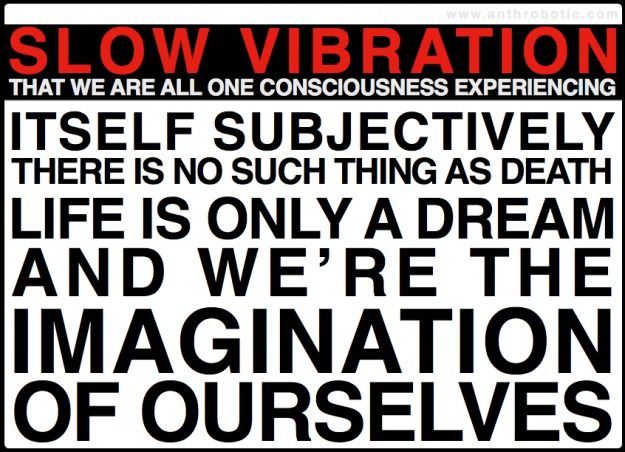Nov 10, 2012
The Kline Directive: Technological Feasibility (2c)
Posted by Benjamin T. Solomon in categories: defense, education, engineering, general relativity, nanotechnology, particle physics, philosophy, physics, scientific freedom, space
To achieve interstellar travel, the Kline Directive instructs us to be bold, to explore what others have not, to seek what others will not, to change what others dare not. To extend the boundaries of our knowledge, to advocate new methods, techniques and research, to sponsor change not status quo, on 5 fronts, Legal Standing, Safety Awareness, Economic Viability, Theoretical-Empirical Relationships, and Technological Feasibility.
In this post I discuss the second of three concepts, that if implemented should speed up the rate of innovation and discovery so that we can achieve interstellar travel within a time frame of decades, not centuries. Okay, I must remind you that this will probably upset some physicists.
One of the findings of my 12-year study was that gravitational acceleration was independent of the internal structure of a particle, therefore, the elegantly simple formula, g=τc2, for gravitational acceleration. This raised the question, what is the internal structure of a particle? For ‘normal’ matter, the Standard Model suggests that protons and neutrons consist of quarks, or other mass based particles. Electrons and photons are thought to be elementary.
I had a thought, a test for mass as the gravitational source. If ionized matter showed the same gravitational acceleration effects as non-ionized matter, then one could conclude that mass is the source of gravitational acceleration, not quark interaction; because the different ionizations would have different electron mass but the same quark interaction. This would be a difficult test to do correctly because the electric field effects are much greater than gravitational effects.
Continue reading “The Kline Directive: Technological Feasibility (2c)” »









